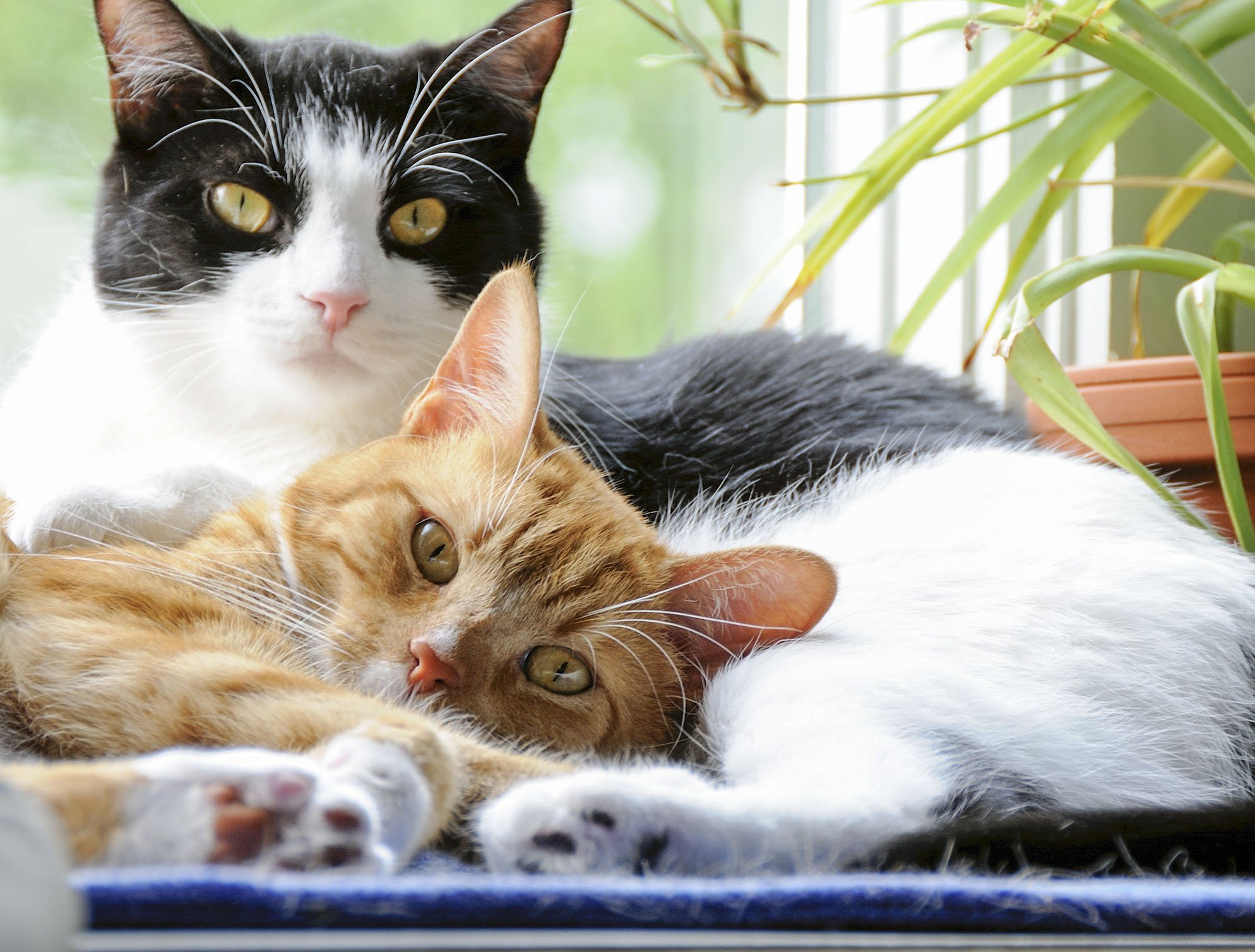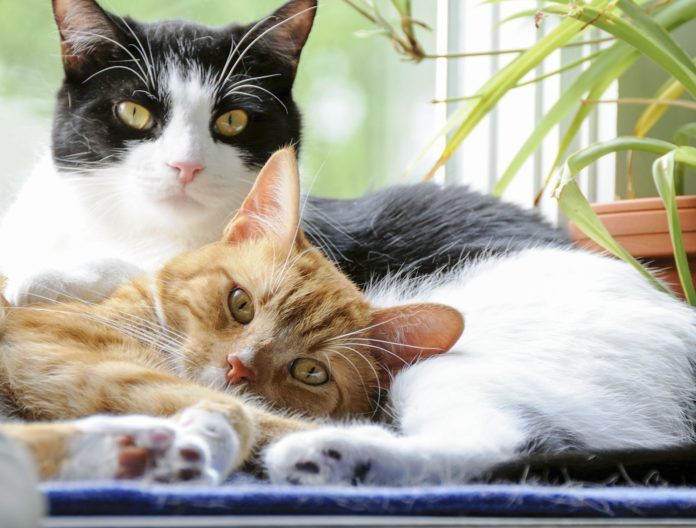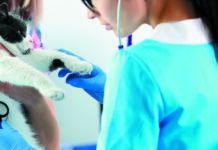Aspenphoto | Dreamstime.com


Q: I have been sponsoring a cat at a purebred rescue facility who is FIV (feline immunodeficiency virus) positive. I have two cats who are elderly (12 and 14 years old), but healthy. I’ve been told that if I adopt my sponsored cat, my own cats won’t be affected by this disease — unless they receive a deep bite wound. Is this true?
Also, what can I expect as the FIV-positive cat ages, if I bring him home and assume full care for him? If the worst happens and one of my healthy cats is bitten, how long does it take for the symptoms to manifest? I would like to adopt this cat, but I want to be fully prepared to do what’s best for him and my other two cats.
– Susan Johnson
A: Dear Susan, Feline immunodeficiency virus (FIV) is part of a family of viruses called lentiviruses and is common worldwide. In the United States, the seroprevalence in cats at a high risk of exposure and in clinically ill cats ranges from four to 24 percent.
In natural settings, transmission of the virus is primarily by inoculation of virus present in saliva or blood presumably from a bite wound. Horizontal transmission of FIV in a multi-cat household is an infrequent event. A recent study determined that FIV-positive and FIV-negative cats seem to be able to live together harmoniously without the disease being transmitted among the group members. If transmission does occur in a multi-cat household, it is most likely due to fighting and bite wounds.
Clinical signs of FIV infection are nonspecific and include: fever, dermatitis, stomatitis, weight loss, emaciation, respiratory tract infections, chronic diarrhea, abscesses and even neurological signs. Clinical signs attributed directly to FIV infection likely go unobserved in many cases because they can be mild and explained by other disease processes.
The acute phase of illness may last several days to several weeks, and may just be lethargy or evidence of another type of infection such as an upper respiratory tract infection. After the acute phase, the majority of cats will enter a phase in which they appear healthy. This phase may last for years. During the later stages of infection, clinical signs are often a reflection of opportunistic infections, neoplasia, bone marrow suppression and neurologic disease. Infections with a significant number of opportunistic pathogens such as viral, bacterial, protozoal and fungal have been reported. In the terminal phase of infection, a wasting syndrome may occur.
In many naturally-infected cats, FIV does not directly cause a severe clinical disease. With proper care, FIV-infected cats can live many years with a high quality of life, and may die in older age from causes unrelated to FIV infection. The strategy to prolong life is to keep the FIV-infected cat as a strictly indoor cat. Secondary infections cause clinical signs in FIV-infected cats, may influence the clinical course and play a role in the progression of disease.
So, unless there is a lot of fighting, it is not your resident older cats who are at risk. In fact, it is the newly adopted FIV-infected cat who may be exposed to pathogens carried by your established cats that may be problematic. For example, if one of your cats were to have chronic herpes virus upper respiratory tract infections, the FIV-infected cat may not be able to fight off infection with this virus.
Plan to introduce the cats gradually so that the risk of fighting is decreased. Make sure that all the cats stay indoors and that you keep your other two healthy cats up to date on vaccinations.
Mary Labato, DVM, DACVIM
Clinical Associate Professor
Cummings School of Veterinary Medicine at Tufts University




